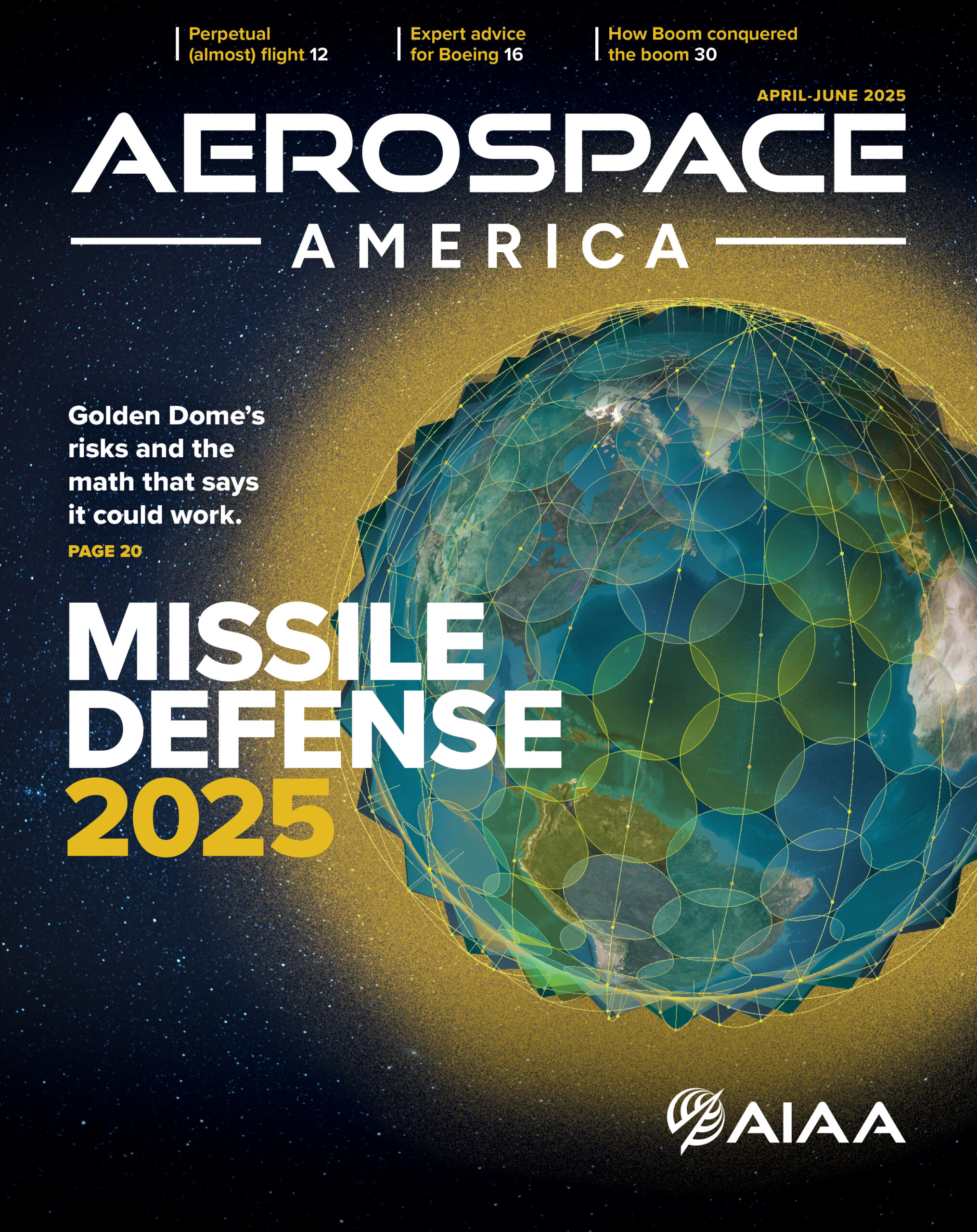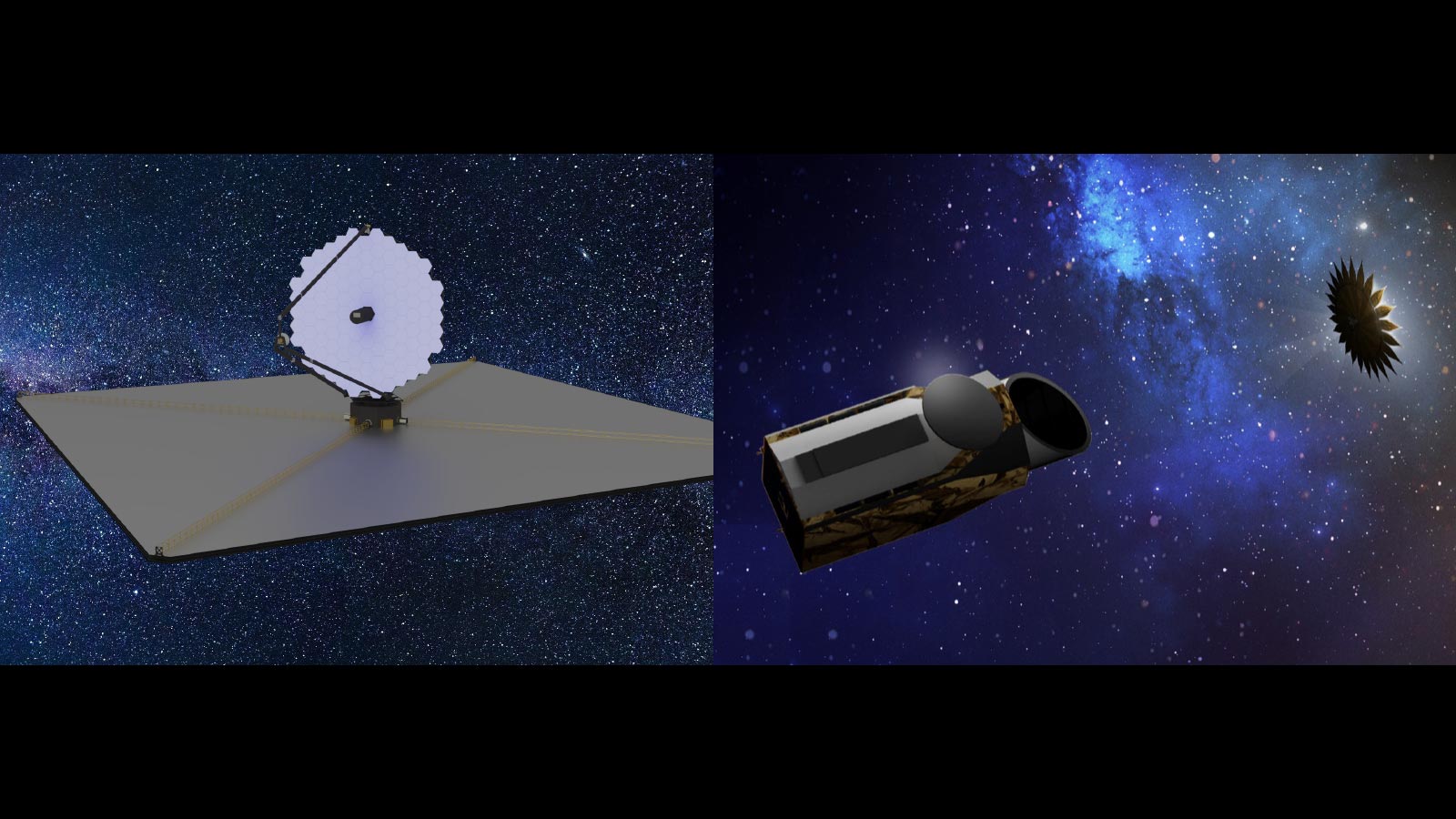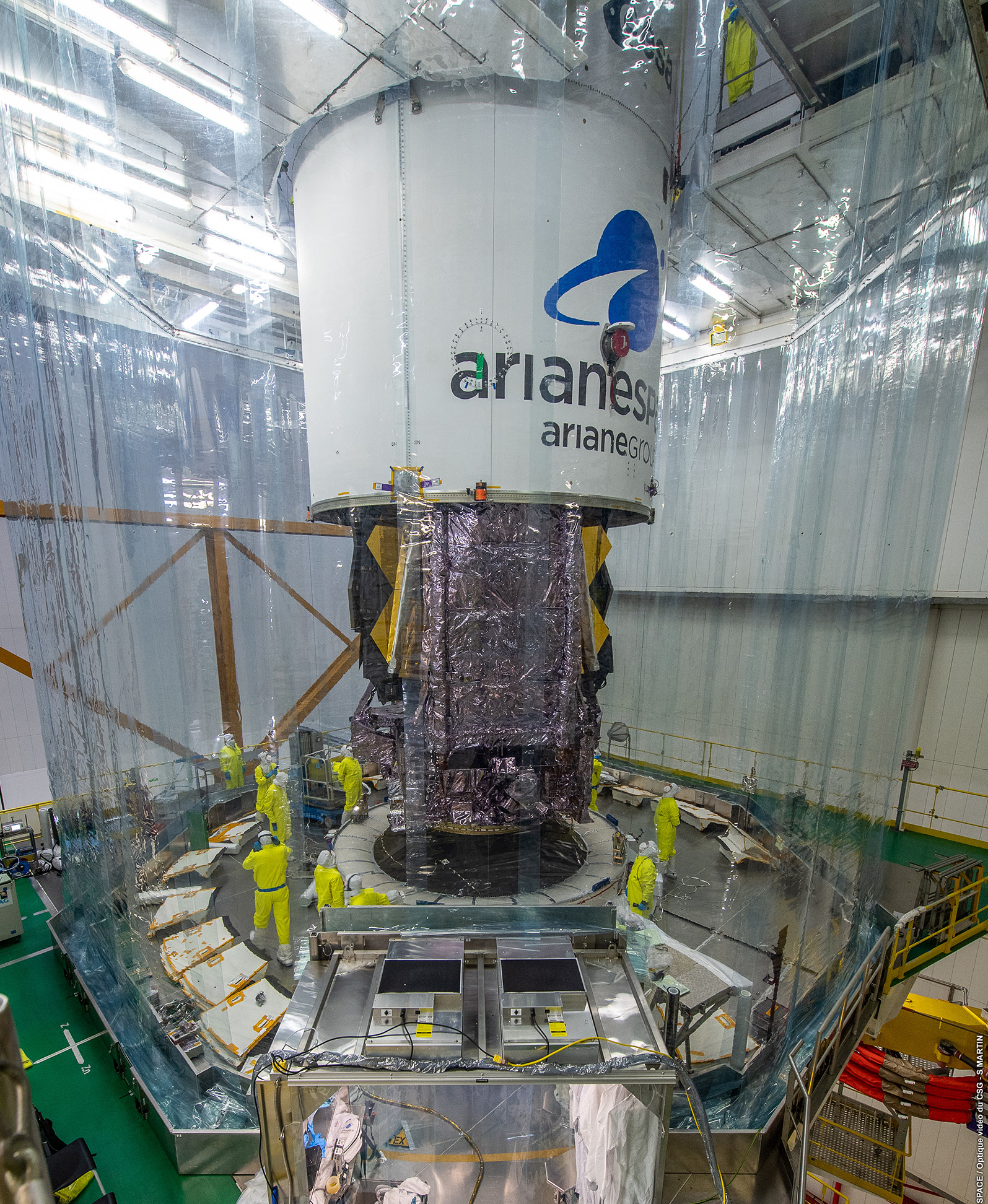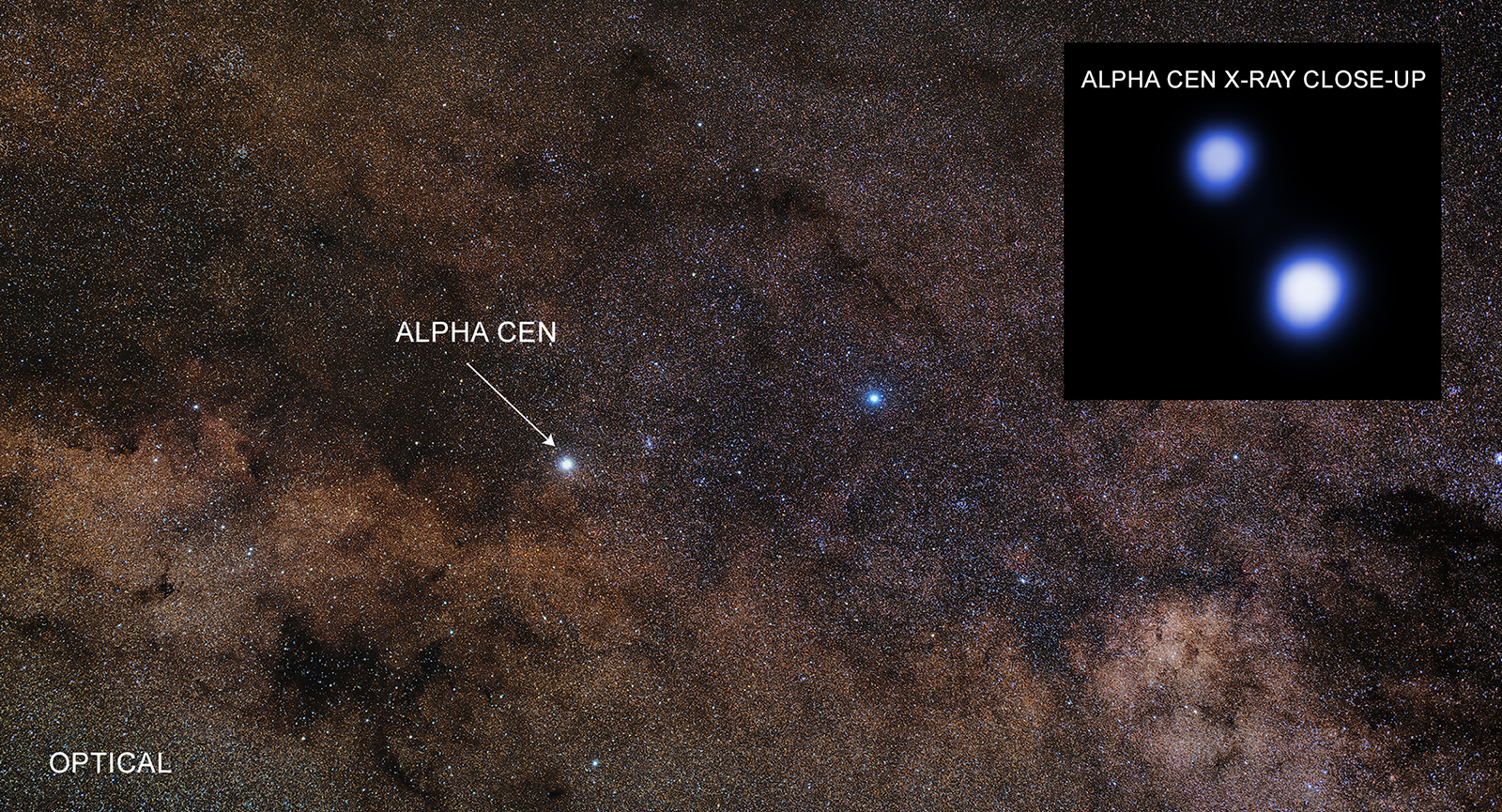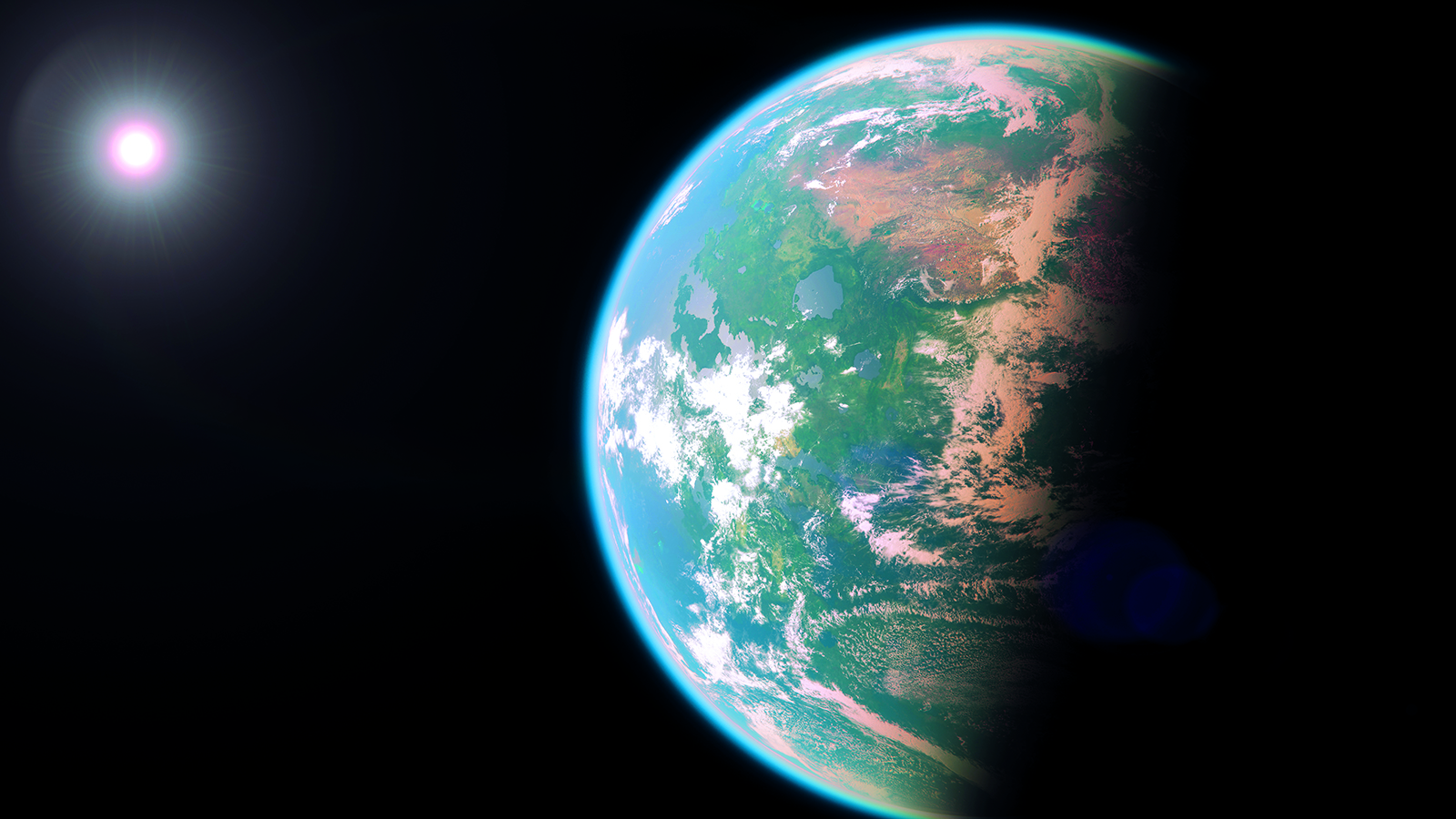Stay Up to Date
Submit your email address to receive the latest industry and Aerospace America news.
NASA is starting to put together plans for a telescope that would launch in the 2040s to image Earth-like exoplanets and, perhaps, finally discover whether advanced life exists elsewhere. Jonathan O’Callaghan spoke to project scientists to learn how the work is unfolding.
The James Webb Space Telescope wasn’t conceived specifically to study exoplanets. Yet this magnificent machine, launched in December, has already begun delivering tantalizing spectral readings about a handful of such worlds.
Specifically, Webb has collected infrared light from TRAPPIST-1, a solar system in our galaxy consisting of seven Earth-sized worlds orbiting a red dwarf. If those planets have atmospheres, some of the light from the red dwarf must have passed through, and the spectral details of that light could tell scientists what their atmospheres consist of. As exciting as this feat would be, what scientists want most of all is to identify possible Earth-sized worlds in the habitable zones around suns like ours, analyze their atmospheres and image them. Webb is unlikely to be of help there. Its transit spectroscopy technique isn’t optimal for analyzing the atmospheres of planets like ours, because we take so long to orbit around our suns.
If a suspected Earth-like planet were found, imaging it would require blocking enough light from the host star so that the planet would suddenly become visible, and then enough photons would need to be eked out to create an image. Webb does have an internal coronagraph of masks and mirrors for blocking light, but they probably lack the fidelity to filter out a planet like ours from the light of its sun. In fact, engineers have yet to figure out how to make masks and mirrors of the precise shape and smoothness to guarantee the necessary contrast.
Which is not to say direct imaging will prove to be impossible. After its launch in 2026, the Nancy Grace Roman Space Telescope will point its 2.4-meter-diameter mirror to the stars in hopes of gathering direct images of gas giants. But even Roman won’t block enough light to image Earth-like planets.
A newer, more refined machine would be required for that, and early discussions are underway among NASA managers and exoplanet scientists about the requirements for it. If this telescope is orbited in the 2040s as proposed, “we as a human species will be able to answer whether we’re alone in the universe,” says Ruslan Belikov, an exoplanet scientist at NASA’s Ames Research Center in California. “It boggles my mind that, in our lifetimes, we could have the capability of finding life on planets orbiting other stars.”
The telescope would be a combination of two proposals to study potentially habitable worlds, the Habitable Exoplanet Observatory, or HabEx, and the Large Ultraviolet Optical Infrared Surveyor, or LUVOIR. The concept was embraced in the Astro2020 Decadal Survey on Astronomy and Astrophysics, the latest in the reports issued every 10 years by the U.S. National Academies of Sciences, Engineering and Medicine. A steering committee of scientists recommended that NASA create a single telescope nicknamed LUVEx (pronounced “loov-ex”), a combination of LUVOIR and HabEx (Some also refer to the telescope as IROUV, pronounced “eye-roov,” a reference to its observations in infrared, optical and ultraviolet light).
With a 6-meter-diameter mirror, LUVex should be capable of imaging about 25 Earth-like worlds, the decadal survey suggests.
“With 25, we should be able to say something statistically significant about the prevalence of potentially habitable planets, and maybe even inhabited planets,” says Evgenya Shkolnik, an exoplanet scientist at Arizona State University.
Now one year on from Astro2020, the finer details of this proposed new telescope are being set forth by NASA. Plans call for its development to be incorporated into the agency’s Great Observatories Maturation Program, a three-stage process that will see this machine gradually take shape over the coming years, with the first stage deciding exactly what science the telescope should do and how it should do it. That’s the stage the telescope is at now, and in a fact a formal LUVEx team has yet to be established.
In April, 100 scientists met in an online workshop hosted by NASA to discuss some of the precursor science that might be necessary before development of this telescope begins. NASA plans to put out a call in early 2023 for ideas for those precursor investigations. Those could include finding the worlds for the telescope to observe prior to launch, perhaps by spotting the gravitational tug of these worlds on their host stars, a process known as radial velocity. Currently this technique lacks the accuracy required to find such worlds, so new ideas will need to be put forward about how it could be done.
“We don’t have confirmed Earth-like planets around sunlike stars yet,” says Eric Smith, the chief scientist in NASA’s Astrophysics Division at Goddard Space Flight Center in Maryland. “Part of our work in the next couple of years is to assess if 25 is an achievable number.”
While LUVEx could in theory do the hunting itself, preferable would be having predetermined targets. “Time on the telescope is precious,” says Smith. “We want to know which exoplanets we need to look at.”
Also, identifying targets early would provide time to tailor the telescope’s blueprint to meet the scientific needs. “If we find there aren’t that many [targets] that are close, we need a bigger mirror,” says Smith.
The nature of the telescope’s large primary mirror is also yet to be decided, whether it will be a single monolithic design like Roman or segmented into pieces like the now-proven Webb. A monolithic design would be less complex and could fit inside two much larger rockets currently in development: SpaceX’s Starship and the planned larger Block 1B variant of NASA’s Space Launch System.
Also being considered is how the telescope will block light from a host star to image rocky planets orbiting in the star’s habitable zone, the distance at which temperatures are just right for liquid water and, thus, for life to exist. Precisely positioning a free-flying starshade at least tens of thousands of kilometers ahead of the telescope’s aperture to block the starlight is one option, or installing a coronagraph instrument on the telescope itself.
“We have not made any design decisions,” says Scott Gaudi at Ohio State University, the lead on the HabEx proposal that was one of four concepts NASA submitted to the National Academies for consideration in Astro2020. “The decadal survey was intentionally vague about this architecture.”
Belikov of NASA Ames says the light-blocking techniques could be particularly useful in studying any Earth-like planets in the place he’d like to study first: the binary star system of Alpha Centauri A and B. In cosmic terms, this pair — two of three stars in the Alpha Centauri system — is our closest neighbor at just 4.35 light years away, affording a potentially stunning view.
“If you can make an instrument that can handle the binarity, then Alpha Centauri would be by far the best target for this mission,” says Belikov. “It’s the nearest sunlike star by far. The next is two and a half times farther away. It’s the cherry on the cake.”
Also, “this telescope will be amazing for nonexoplanet science,” says Gaudi. That could include magnificent views of galaxies, nebulas and more.
“Basically, you have the same wavelength range as Hubble but two and a half times the diameter,” says Gaudi. “It would be similar images to JWST but in optical, ultraviolet and near-infrared bands.”
Bruce Macintosh at Stanford University, an exoplanet scientist and part of the steering committee for Astro2020, says by not strictly defining the goals of the telescope outside of imaging Earth-like planets, it “leaves a lot of room to think about defining science capabilities and architecture.”
The ultimate goal, though, remains imaging Earth-sized planets around sunlike stars.“JWST, beautiful though it is, can’t access those,” says Macintosh.
Key will be avoiding the schedule delays and budget overruns that beset Webb, a project that was initially earmarked for a launch in 2007 at a cost of $1 billion, rather than the $10 billion cost at launch in 2021.
“We need to find a way to manage these megaprojects better,” says Shkolnik.
A 2020 NASA study that wrapped up shortly before the decadal was released, the “Large Mission Study Report,” suggested that such missions “require greater priority, resources, and attention during the pre-formulation period,” an approach seemingly now being adopted with LUVEx.
Scientists might well find evidence of microbial or simple lifeforms in our solar system before LUVEx launches, such as in the oceans of icy moons or perhaps on the surface of Mars. But to find a planet like ours that’s rich with potentially advanced lifeforms, “this is the only way to do it,” says Macintosh.
For now, the focus is very much on Webb, and soon Roman, whose coronagraph will demonstrate the basic techniques needed to image Earth-like worlds.
“I would not anticipate hardware development [of LUVEx] until after the Roman Space Telescope has launched in 2026,” says Smith. But putting the work in now, with realistic goals and targets, might just be the key to seeing this fantastic machine getting off the ground in a reasonable time frame at an affordable cost.
And of course, perhaps for the first time in history, answering if we are alone in the cosmos.
About Jonathan O'Callaghan
Jonathan is a London-based space and science journalist covering commercial spaceflight, space exploration and astrophysics. A regular contributor to Scientific American and New Scientist, his work has also appeared in Forbes, The New York Times and Wired.
Related Posts
Stay Up to Date
Submit your email address to receive the latest industry and Aerospace America news.
